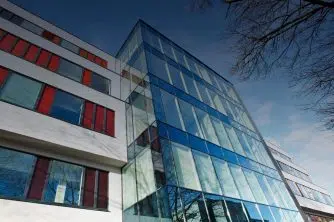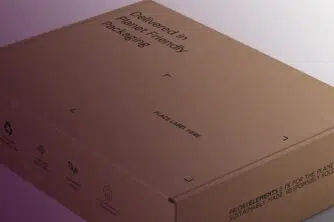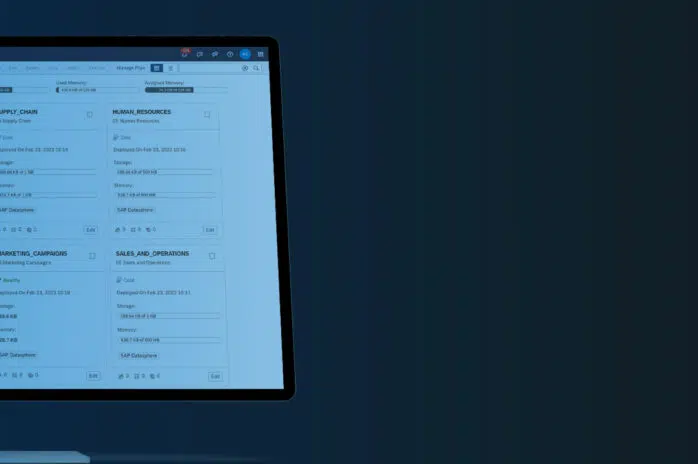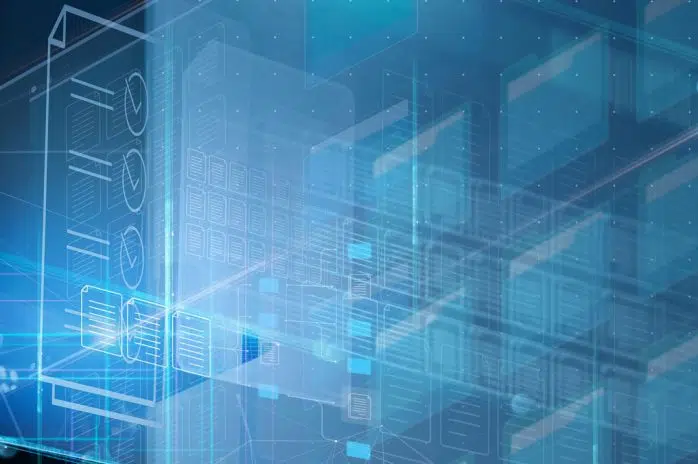Running a distribution business is no mean feat. It is an extremely challenging industry to manoeuvre, and between managing inventory, fulfilling orders, and maintaining supply chain visibility, even the tiniest misstep can spiral out of control into much larger issues. When operations begin to feel more chaotic than controlled, it’s an opportunity to consider change. Whether it’s stock levels that are out of sync with records, shipments running behind schedule, or manual errors slowing everything down, getting operations back under your control should be the highest priority.
If these challenges sound familiar, it might be time to consider a solution that doesn’t just patch up the problems but transforms the way you operate. This is where Enterprise Resource Planning (ERP) software may come in, providing the structure and visibility your business needs to thrive.
Signs Your Business is Overdue for an ERP System
The signs of inefficiency can creep into your operations gradually. At first, you might brush them off as minor issues. Over time, though, they become recurring obstacles that slow you down. Here are a few indicators that your business is ready for an ERP system:
Disconnected systems causing bottlenecks
Does your team constantly have to navigate from one platform to another to manage inventory, orders, and finances? Having different tools for all these activities will only encourage information silos and heighten the potential for miscommunication. When your systems don’t adequately communicate with each other, the gaps created leave room for errors and delays.
Inventory management becoming a guessing game
If overstocking and stockouts are regular occurrences, it’s a clear sign your inventory processes need help. Poor tracking leads to wasted resources, lost sales, and frustrated customers who turn to competitors when you can’t deliver.
Unhappy customers letting you know
Customer complaints about late or incorrect orders are more than an inconvenience; they are a reflection of deeper inefficiencies. Every dissatisfied customer serves as a reminder that your current processes aren’t up to par. Manual processes holding everything back
Manual process inefficiency
Manual data entry and spreadsheet-based tracking work while your business is smaller, but as you grow, these methods become liabilities that are slow, error-prone, and unable to handle the pace of modern distribution. For example, Totally Wicked, a leading UK vaping business, overcame fragmented systems by adopting Cloud ERP, integrating workflows from inventory to courier services. This streamlined operations and improved customer satisfaction by reducing errors and delays.
How ERP Transforms Distribution Operations
ERP software doesn’t just repair what is broken; rather, it puts everything on one single, integrated platform. From inventories and orders to finance and supply chain management, ERP brings clarity to where the chaos once was. Here’s how:
Real-time inventory visibility
An ERP system will give you an inventory control solution to provide up-to-the-minute views of your inventory. The system lets you know whether the product is in stock, in transit, or on backorder for better planning with fewer expensive mistakes.
Automated order management
In place of manual order processing, ERP software automates the whole life cycle from placement to delivery. Automation not only quickens the pace of fulfilment but also reduces errors; hence, your customers will get what they need at the right time.
Seamless financial integration
Tracking your finances separately from your operations creates unnecessary complications. For instance, Transport Systems Catapult (TSC), an organisation focused on driving innovation in the UK’s transport sector, faced similar hurdles as it scaled. With a Cloud ERP system in place, TSC optimised financial processes, automated core accounting tasks, and enabled seamless project management, delivering the visibility and efficiency required to grow sustainably. Distribution ERP software integrates these processes, giving you a full picture of your costs, revenue, and profitability. This allows for better budgeting and smarter financial decisions.
Improved Supply Chain Oversight
A healthy supply chain is the backbone of any distribution business. ERP systems give tools for supply chain automation, including automated monitoring, disruption prediction, and logistics optimisation, which translate into fewer delays and stronger relationships with vendors.
The Tangible Benefits of ERP
Investing in ERP software is about more than streamlining your operations. It’s about setting your business up for sustained success. The benefits are both immediate and long-term, and include:
- fewer errors and greater accuracy thanks to automated processes and real-time data.
- cost savings from improved inventory management and reduced waste.
- Improved customer satisfaction with quicker, more reliable order fulfillment.
- Software grows with your business, supporting an increased demand without breaking down.
What To Consider Before Implementing ERP
Adopting an ERP system is a big step, and preparation is key to making the transition successful. Here’s what you should keep in mind as you begin the process:
Choosing the right ERP software
Not all ERP systems are equal, so find one specifically fit for the needs of distribution businesses. ERP software includes features such as warehouse management systems, inventory control tools, and automation of supply chains.
Planning the transition
Switching to an ERP system takes careful planning. You’ll need to migrate data, customise the software to suit your workflows, and test everything thoroughly before going live. A well-structured implementation plan minimises disruptions and sets you up for success.
Training your team
Even the most intuitive ERP system requires training to make sure your team is comfortable on the system. Investing in employee education will help you get the most out of your new software.
Setting realistic expectations for ROI
ERP systems are a big investment, but the returns pay off. Improved efficiency, cost savings, and happier customers will give you a good ROI. Be patient as you roll out the system, and give it time to deliver results.
Why ERP is More Than Just Software
Chaos is not an option in a fast-moving industry like distribution. What your business requires is a solution that doesn’t just keep up but actually helps you stay ahead. ERP software is more than a tool; it’s a strategy for long-term growth and success.
With ERP, you’ll gain the visibility, control, and automation needed to overcome today’s challenges and prepare for the future. Whether it’s reducing errors, speeding up processes, or improving customer satisfaction, the benefits of ERP are undeniable.
If inefficiencies are holding your business back, the time to act is now. An ERP system can change how you do business, giving you the tools to turn chaos into clarity. Contact us today for a free ERP health check or explore our ERP solutions and discover how we can help you achieve distribution business efficiency, accuracy, and customer satisfaction.









































































